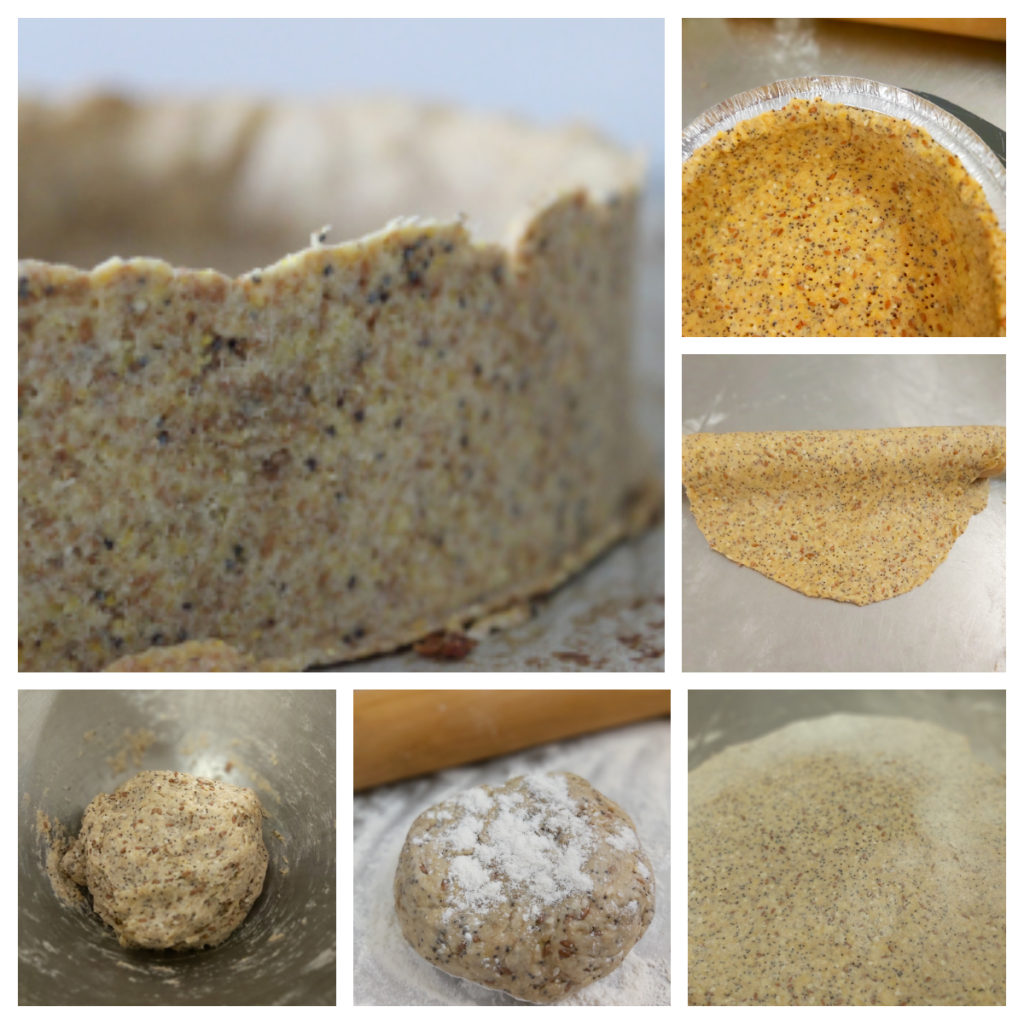An intense elixir of pomegranate made sultry with the rosewater. Best served by a flotilla of eunuchs whilst reclining on your chaise lounge in the summer pavilion. If none available (eunuchs not pomegranates) substitute with a small silver tray and a glass of iced hibiscus tea

The pomegranate has been imbued with mythical properties by almost all the ancient civilizations – like some edible ever present talisman. The fruit has been venerated through the ages in poems, paintings, carvings and carpets and for some reason this Korean “sijo” (a traditional form) with its bittersweetness resonated:
Pomegranates
It rained last night. The pomegranates,
Red and orange-red,
Have all burst open into flower.
Not to be comforted,
I sit in this cool pavilion
Set in a lotus lake
And under its glass-bead curtains wait
For my closed heart to break.
Sin Hum (1566-1628)
Translated by Graeme Wilson (1972)
So while in ancient China the pomegranate was regarded as a symbol of fecundity and images were often hung in houses of the fruit bursting with seed to encourage fertility the ancient Egyptians saw it as a symbol of success and prosperity (although did use the juice for treating tapeworm, successfully one hopes). Meanwhile the ancient Greeks knew it as the fruit of the dead and believed it to have sprung from the blood of Adonis plus they spiced up the myth of Persephone by having her scoff a few pomegranate seeds condemning her to extra months in the underworld with nasty boy kidnapper Hades. Over in ancient Israel it was pomegranates that the scouts brought back to Moses to demonstrate the fertility of the promised land while the Koran mentions pomegranates specifically as examples of good things God creates. All in all not a bad showing in the annals of history for a little red fruit.
Today many of these ancient myths have cascaded down through the ages and become diluted and mutated as some of the rituals and customs we know in the parts of the world where the fruit grows: In both Greece and Turkey a pomegranate is smashed at midnight on New Year’s Eve and the more seeds that scatter on the floor the more good luck there will be for the year ahead. In Armenia the pomegranate is the symbol of life itself and in parts of the country the old tradition of a bride smashing a pomegranate on her wedding night (the spilt seeds guaranteeing children) is still kept. And in Iran, no wedding spread which is a set of symbolic objects and foods, is complete without a bowl of pomegranates which are considered heavenly fruits.
And so while in the 21st century we seem obsessed with food as a collection of chemicals and nutrients which we know this has in bags I hope this recipe claims back a little of the magic and sensuousness of this ancient and mystical fruit.
This particular recipe transports me back to so many corners of Turkey: the pomegranate tree in my friend’s garden in Alacatli, fresh squeezed juice in Istanbul, sticky “Nar eksisi” (pomegranate molasses) dribbled over countless salads and the pure and good pomegranate sorbet made by my favourite Turkish food writer Cenk Sonmeszoy in his stunning blog: http://cafefernando.com/pomegranate-sorbet-recipe/
The recipe is not complicated and can be made without an ice cream maker, it really relies on one ingredient and that is freshly squeezed pomegranate juice and that means getting messy.
Ingredients
Makes approx 1 litre of ice cream
- 500ml freshly squeezed pomegranate juice. This is 4-6 pomegranates depending on their size, age and juiciness. ( I use a citrus juicer. I am sure many people will be raising their eyebrows but thats how I do it and it works ok.)
- 125g sugar
- 2 tablespoons lemon juice (I know its a bit counter conceptual as the pomegranate is sour but it brightens the result I think)
- 2 tablespoons of pomegranate molasses (I like the depth this gives. If you don’t have any, you can substitute 1 teaspoon of black treacle, not more)
- 1 tablespoon of rosewater or half a teaspoon of rose essence (a word of warning: not all rosewaters and rose essences are created equal. Plus what tastes strong at room temperature does not taste strong when frozen. So getting this right is difficult. Err on the side of caution and go with your personal taste. nobody likes soap flavoured sorbet)
Gadgets & Gizmos
A citrus juicer and an ice cream maker although you can make it without the ice cream maker.
How To
Juice your pomegranates. I do this over the sink area as it does result in massacre like scenes of pomegranate debris and juice splatter.
Take half the juice and add the sugar and then just very gently warm it until the sugar has dissolved. Now let it cool down. Put it in the fridge with the rest of the juice until its really very cold.
If you need to prep your ice cream machine do that.
Now, when all the ingredients are cold, mix everything together and put in the churning container of your ice cream maker. My machine needs two goes for this quantity.
Scoop out into a suitable freezing container and (crucial) cover with baking parchment before placing the lid on.
I like to serve with small shortbread biscuits I make myself that do not contain too much sugar as I think the buttery richness contrasts well but I don’t want super sweet biscuits as then the sorbet would seem bitter.







